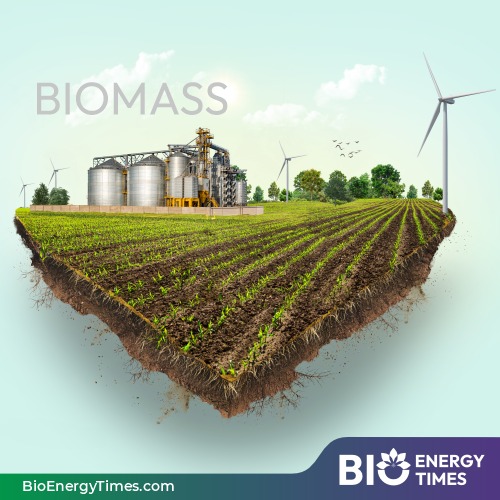Patiala: Punjab State Power Corporation Limited (PSPCL) has raised concerns over the high cost of using biomass pellets for power generation, making it unviable to tackle the issue of paddy straw burning. PSPCL has urged the central government to provide subsidies for setting up paddy straw-based biomass power projects to make them financially feasible.
During a recent meeting with the Union power minister, PSPCL officials proposed 100% viability gap funding (VGF) for these projects. They argued that financial support is necessary to promote the use of paddy straw for power generation, which would also help reduce pollution and promote sustainable practices.
Currently, the central government provides a subsidy of Rs 4 crore per 4.8 TPD capacity for paddy straw-based compressed biogas (CBG) projects. However, no such subsidy exists for biomass power projects, which generate electricity at Rs 7.50 per unit—higher than the average purchase cost of Rs 5 per unit. PSPCL suggested that the central government should offer Rs 5 crore per MW as a capital subsidy. For a 100 MW biomass power project, this would mean Rs 500 crore in subsidies, enabling the plant to sell power at Rs 5 per unit. This price reduction could save Punjab consumers Rs 175 crore annually.
A senior PSPCL official highlighted that such initiatives would help utilize paddy straw, reducing environmental damage caused by burning. Additionally, it would provide farmers with extra income and create job opportunities, supporting economic growth in the region.
PSPCL’s calculations last year showed that using biomass pellets would add Rs 100 crore in costs for every 1 lakh tonnes of torrefied pellets. For the Talwandi Sabo Power Limited (TSPL) plant in Mansa, which needs about 3 lakh tonnes of pellets to meet 5% co-firing requirements, this would mean an added expense of Rs 300 crore. Thermal plants also need additional investments in equipment, such as conveyor belts and storage facilities, to handle biomass pellets.
Even with 5% co-firing in Punjab’s thermal plants, only about 9 lakh tonnes of pellets would be used annually, compared to the 200 lakh tonnes of paddy straw produced each year. This process would still create an extra financial burden of over Rs 500 crore per year, according to PSPCL’s estimates.
For detailed information and further insights, please refer to BioEnergyTimes.com, which provides the latest news about the Biomass Industry
















